Long Odds

The Long Odds on Tax Reform
Tax Reform is once more on the agenda for Congress. But Robert Samuelson, columnist for the Washington Post, says that any real reform is unlikely:
“In 2010, calculating their taxes cost Americans $168 billion, estimates the Taxpayer Advocate Service of the Internal Revenue Service. That's about 15 percent of taxes collected -- a heavy overhead. Almost 60 percent of taxpayers pay accountants or other tax preparers. Public esteem for the tax system is low; in a 2011 Pew poll, 55 percent judged it unfair. Disaffection was fairly even politically: 47 percent among Republicans, 58 percent among Democrats and 56 percent among independents.
So "tax reform" ought to be a cinch, right? Well, no.
True, it's again on the national agenda. Both the White House and congressional Republicans support it. But judged realistically, the odds of major "reform" passing seem slim. The job is technically daunting (the tax code runs almost 74,000 pages). There's ample competition for Congress' attention: an immigration overhaul, gun control plus the ongoing budget battle. Most important, the apparent consensus to "do something" is a mirage, erased by three major problems.
First: Democrats and Republicans -- with some exceptions -- have fundamentally different views of what constitutes "reform."
Republicans have generally remained faithful to the central idea behind the landmark Tax Reform Act of 1986, which commanded bipartisan support. Tax reform then meant "broadening the base" -- eliminating deductions, credits and other preferences -- and using the resulting revenues to lower overall tax rates. The Tax Reform Act reduced the top individual rate from 50 percent to 28 percent. Now, Republicans want any new tax bill also to be "revenue neutral.
By contrast, Democrats -- again, with exceptions -- now see "reform" as a way to make the system more progressive. They'd raise taxes on the well-to-do and rich through higher rates or fewer preferences. The extra revenue would go to deficit reduction or middle-class tax relief.
Second: Though deplored in the abstract, tax breaks are popular with the public and politicians.
The value of tax breaks is roughly reckoned at about $1 trillion annually. There seems ample room for trimming.
Guess again. Tax breaks have huge constituencies. The largest is the exclusion of employer-paid health insurance from the income tax. That's worth an estimated $213 billion in 2014. If Congress tried to reduce it, there would be howls of protest -- from affected workers and firms, insurance companies, hospitals. The next largest is the deductibility of home mortgage interest: $101 billion. Builders, real estate agents and homeowners would resist any cut. Charitable contributions ($54 billion) and individual retirement accounts ($19 billion) also involve big breaks. Politicians abet tax complexity, because dispensing preferences enhances their power. This helps explain why the Tax Reform Act unraveled. New tax breaks multiplied; rates were raised.
Finally: It's hard to show that tax reform increases economic growth -- even if it does.
A major argument for the 1986 law was that lower tax rates would spur economic growth, because workers and investors would keep a larger share of the last ("marginal") dollar earned. This, it was said, would promote more work effort, risk-taking and investment. Although the period after the Tax Reform Act was prosperous, academic studies have trouble separating the effects of lower tax rates from developments in technology, shifts in the business cycle and other economic changes. Thus, some benefits from "tax reform" are abstract; losses -- for those whose tax preferences end -- are tangible.
There is a countervailing force. The chairmen of Congress' tax-writing committees -- the Senate Finance Committee, headed by Democrat Max Baucus, and the House Ways and Means Committee, under Republican Dave Camp -- seem determined to pass major legislation. Their task will be to encourage compromises that overcome these obstacles. Otherwise, legislation will probably bog down.
‘Any big reform is going to create losers," says economist Eugene Steuerle of the Urban Institute, a top Treasury official during the 1986 debate. Despite that, his advice is to do more, not less. "The lobbyists are going to scream just as loud if you go small or go big,’ he says. Advocates need to counter that changes represent ‘significant improvements over what we have’ in terms of simplicity, fairness and efficiency.
What saved the 1986 law was bipartisanship. ‘If you want reform, both sides have to come away being able to claim victory," says Steuerle. In today's climate, that's a tall order.’”
by Dave McClure, Industry Writer



